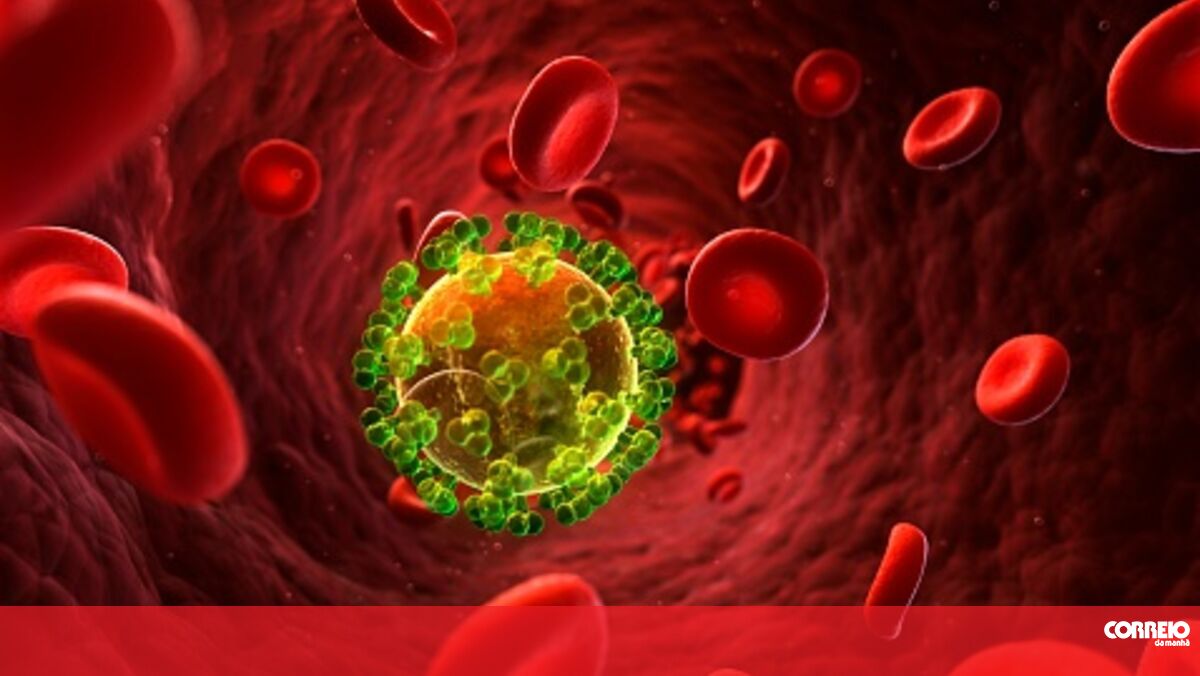HIV is no longer seen as a “death sentence” by patients, doctors and researchers who have been trying for years to find a universal cure for the human immunodeficiency virus. Although this cure has not yet been found, this disease can already be lived with taking antiretroviral treatment. However, there have been cases where patients have recovered due to very specific characteristics of both the patient and the donor.
This Wednesday, a group of Californian researchers presented at a scientific conference the success story of a 66-year-old man who is the oldest person to be cured of HIV and leukemia after a stem cell transplant.
The procedure was intended to treat leukemia, but doctors were looking for a donor with a natural HIV resistance, the researchers said on Wednesday. This method had already worked with Timothy Ray Brown in 2007, a case that became known as the “Berlin Patient”.
Now, the 66-year-old patient is the fourth successful case of this method and the oldest HIV patient to be cured.
In addition to being the oldest, he was also the patient with the longest diagnosis, which he called a “death sentence”, which resulted in the death of many of his friends. He has been living with HIV since 1988 and has been on antiretroviral therapy for over 30 years.
The researchers believe the method worked because the donor stem cells used to treat leukemia have a specific and rare genetic mutation, meaning they lack the receptors used by HIV to infect cells.
After a transplant three and a half years ago that followed chemotherapy, the 66-year-old patient stopped taking antiretroviral treatment in March 2021. He has been in remission for both HIV and leukemia for over a year.
Antiretroviral treatment works for the first time in 15 years
Just this Wednesday, Spanish investigators presented another successful case: a 59-year-old woman who is part of a rare group of so-called “aftercare monitors”. This group, diagnosed with HIV, can maintain an undetectable viral load after stopping antiretroviral treatment and live with the disease for several years.
A patient from Barcelona achieved something unprecedented: antiretroviral treatment worked for 15 years. It would be normal for the virus to remain at a controlled level for days or months, but in the case of this patient, the human immunodeficiency virus remained undetectable, the researchers said.
Although antiretroviral treatment effectively suppresses viral replication, HIV persists in the body’s reservoirs, and if therapy is stopped, the viral load rises again.
Through the test, the researchers found that this patient exhibited strong HIV inhibition caused by two types of lymphocytes: “natural killer cells,” which are part of the innate immune system and form the first line of defense. against various pathogens and CD8+ T-lymphocytes, which play a key role in protecting cells from viruses and bacteria.
“This patient has very high levels of both cells, which can either block the virus or kill infected cells, thus achieving a functional cure,” one of the researchers said.
During the presentation of the case, the team stated that “at this point it is more realistic to try to achieve a functional cure”, i.e. with antiretroviral treatment, than an effective cure with bone marrow transplantation.
Author: morning Post
Source: CM Jornal




